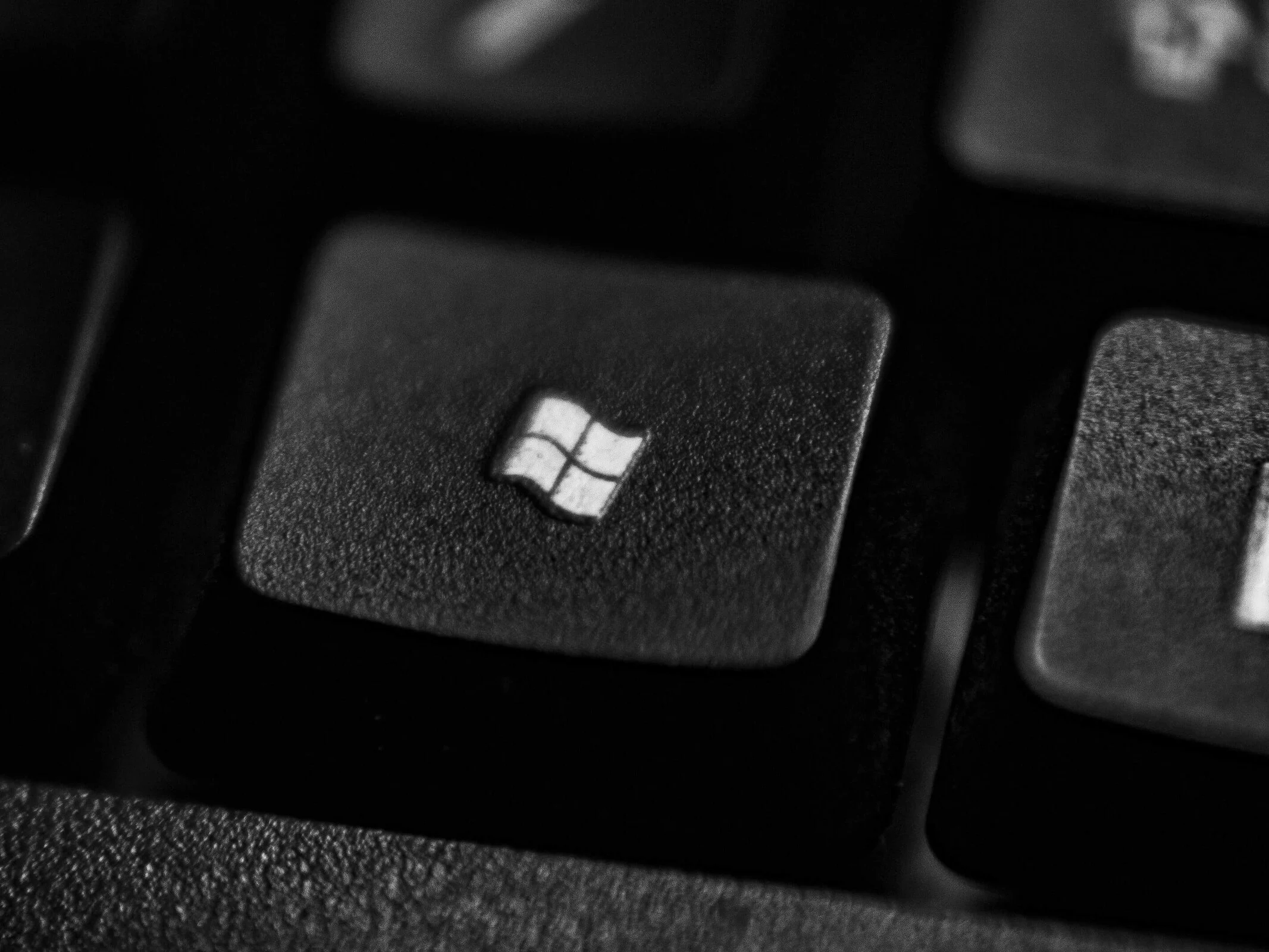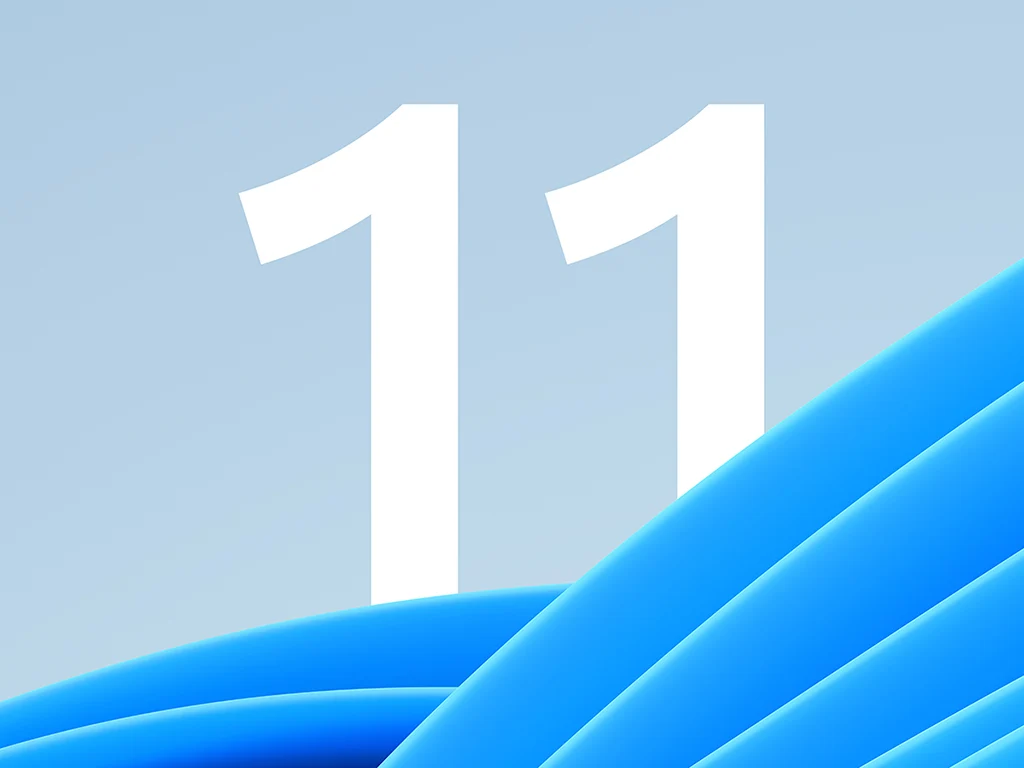Key Takeaways
1. Windows 10 support will officially end on October 14, 2025, but Microsoft 365 Apps will continue to work on Windows 10 after this date.
2. Microsoft recommends upgrading to Windows 11 to avoid potential performance and reliability issues.
3. Security updates for Microsoft 365 on Windows 10 will be provided for three years after end of support, until October 10, 2028.
4. Businesses are advised to upgrade to Windows 11 or consider alternative operating systems to protect sensitive data.
5. Alternatives to Windows 11 include Linux distributions like Mint and ChromeOS Flex, which offer different features and security updates.
The end of support for Windows 10 is coming up quickly. While it’s obvious that some users will need to update to Windows 11, Microsoft keeps surprising us with little changes regarding the end of support for the operating system. Recently, they added a new note about Microsoft 365 on their support webpage.
Updates to Microsoft 365 Support
Previously, the support page indicated that Microsoft 365 apps would be unsupported from October 14, 2025, meaning users would need to switch to Windows 11 to keep using them. Microsoft has now modified this message and included a new note that eases this restriction a bit:
Support for Windows 10 will officially cease on October 14, 2025. Following this date, if you have Microsoft 365 Apps installed on a Windows 10 device, they will keep working as they did before. Still, Microsoft highly recommends upgrading to Windows 11 to prevent potential performance and reliability problems in the future.
Security Updates After Support Ends
To help ensure your security while moving to Windows 11, Microsoft will provide security updates for Microsoft 365 on Windows 10 for three years after the end of support, wrapping up on October 10, 2028.
Businesses should not let their guard down, as it is wise to upgrade to Windows 11 or consider installing a different operating system due to the importance of company data. For personal users who don’t use their Windows 10 PC for sensitive tasks like online banking, but rather for gaming or basic office work, this might give them some extra time before they need to make the switch.
Alternatives to Windows 11
If you really prefer not to upgrade to Windows 11, you might want to consider Linux alternatives like Mint. It has a similar aesthetic to MacOS or Windows and is considered secure thanks to regular updates. Another option is switching to ChromeOS Flex, although this operating system is primarily web-based and resembles the Chrome browser with all its extension features.
Source:
Link



